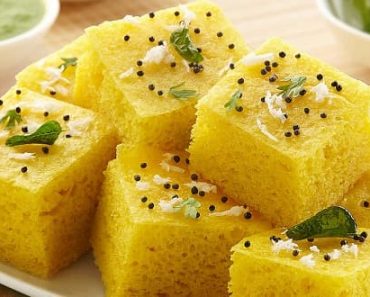Halo-Halo is the Filipino version of Shave Ice Sundae made with similar primary ingredients like condensed milk, sweet toppings like jellies, beans, corn, candied fruit, fresh fruits, ice cream, and sweet custard.
In most Asian countries, a sweet ice dessert always tops the menu. The origins of Halo-Halo were derived from a Japanese dessert called kakigori, which was shaved ice served with sweet beans. The Halo-Halo in the Philippines was initially introduced when the Americans presented ice in the mid-1800s.
Filipinos adopted the ice dessert that fits every Filipino’s taste and preferences. From its name Halo-Halo which means “Mix-Mix”, Halo-Halo combines almost all tastes into one bowl. Today, a famous Halo-Halo is topped with purple yam.
About the Halo-Halo Recipe
During World War II, the Japanese saw a chance to make a profit, and quickly, a number of locations were struck in the Metro Manila area selling ‘mong-ya’, or its version of Halo-Halo. While the Japanese settlers left after the Second World War, the Filipinos took hold of the popularity of Halo-Halo and adapted it to suit their preferences–for example, adding to the concoction ube jam or ube ice cream.
Halo-Halo has since become one of the finest comfort food dishes of the Philippines. In addition to the ice-shaved dessert mixed with condensed milk and monggo beans, some dessert differences include sago, nata de coco, pinipig, sweetened banana, macapuno (coconut sport), and leche flan (caramel custard). In some regions in the Philippines, Filipinos add cheese, polvoron, and chili into the sweet mixture.
Some historians consider Halo-Halo as incorrect. According to them, the dessert should be named “haluhalo”, which is the correct Filipino word combination of “mix-mix”. Before World War II, some writers and Filipino historians specifically attributed the dessert to Japanese migrants from the 1920s or 1930s at Quinta Market in Quiapo, Manila, owing to its closeness to the now-defunct Insular Ice Plant, which was the origin of the supply of ice to the city.
These are some of the other well-known refreshments in the Philippines.
- Ice Buko – Shaved ice flavoured with coconut milk and coconut shreds
- Mais Con Yelo– Shaved ice with evaporated milk, condensed milk, and vanilla ice cream
Conclusion
Filipinos are widely known to be hospitable. With their wide range of food history, Halo-Halo is undoubtedly one of those refreshments that brings us back to history. Today, every region in the Philippines has its own version of Halo-Halo depending on their harvest.
To cool off in the tropical heat, Halo-Halo is definitely a must-try dessert for all. Make sure to check out our other sweet recipes!
Featured Image: @junjun_hagad / Instagram, @yelphawaii / Instagram







